What Is A Casaba Melon – How To Grow Casaba Melons
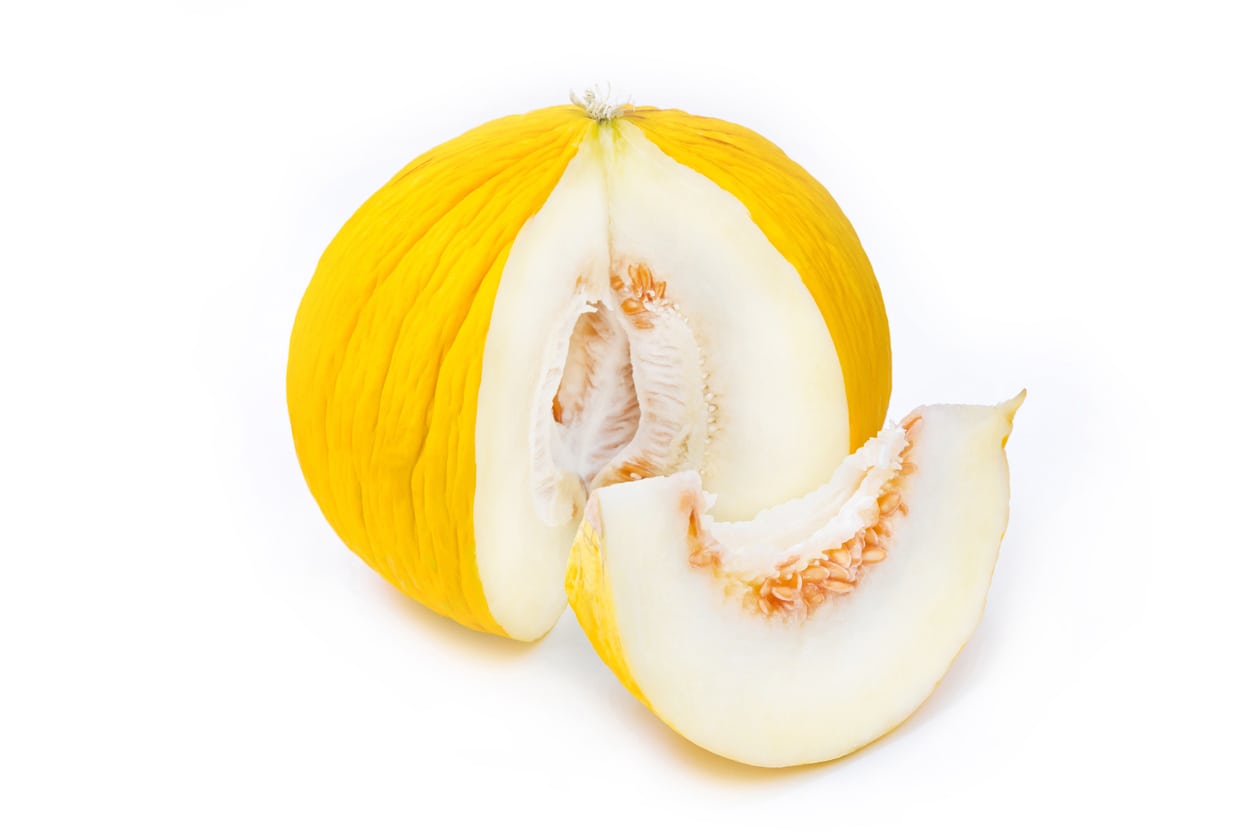

Casaba melon (Cucumis melo var inodorus) is a tasty melon related to honeydew and cantaloupe but with a flavor that is not as sweet. It is still sweet enough to eat, but has a slight spiciness. Successfully growing a casaba melon vine in the home garden requires a little knowledge about care and harvesting but is generally easy and similar to growing other melons.
What is a Casaba Melon?
Like other melons, casaba belongs to the species known as Cucumis melo. There are varietal subdivisions of C. melo, and casaba and honeydew both belong to the winter melon group. Casaba melons are neither smooth like honeydew, nor netted like cantaloupe. The skin is rough and deeply ridged. There are several varieties of casaba, but a common one grown and seen in supermarkets in the U.S. is ‘Golden Beauty.’ This varietal is green, turning to bright yellow when ripe, with a pointed stem end that gives it an acorn shape. It has a white flesh and a thick, tough rind that makes it a good choice of melon for winter storage.
How to Grow Casaba Melons
Casaba melon care is much like that for other melon types. It grows on a vine and thrives in warm weather. Dry, hot climates are best for growing casaba, as the leaves are susceptible to disease triggered by wet, warm conditions. It can still be grown in humid regions and in climates with cold winters, but precautions need to be taken against cold temperatures and wet conditions. You can sow seeds directly outdoors once soil is up to 65 degrees F. (18 C.) or start them indoors to get a head start on a shorter growing season. Thin out plants in beds, or place transplants, so that they are spaced 18 inches (45 cm.) apart. Make sure the soil is light and drains well. Regular watering for casaba melon is important, but so is avoiding wet conditions as well. Black plastic mulch is useful, as it keeps moisture in the soil and protects the plant from rot and disease. Casaba harvesting is a little different from other melons. They don’t slip when ripe, meaning they do not detach from the vine. To harvest, you need to cut the stem when they are close to maturity. The melons can then be stored and when the blossom end is soft, it is ready to eat.
Gardening tips, videos, info and more delivered right to your inbox!
Sign up for the Gardening Know How newsletter today and receive a free copy of our e-book "How to Grow Delicious Tomatoes".

Mary Ellen Ellis has been gardening for over 20 years. With degrees in Chemistry and Biology, Mary Ellen's specialties are flowers, native plants, and herbs.
-
 Looking For Plants To Give You The Soft And Fuzzies? Try These 5 Fuzzy Leaf Plant Options
Looking For Plants To Give You The Soft And Fuzzies? Try These 5 Fuzzy Leaf Plant OptionsLovers of texture, drama, silver foliage and tactile plants will adore these special sensory garden additions. These fuzzy leaf plant options will leave you all aglow
By Susan Albert
-
 Get Ready For A Summer Of Hummers! Grow These Full Sun Hummingbird Plants and Flowers
Get Ready For A Summer Of Hummers! Grow These Full Sun Hummingbird Plants and FlowersIf you’re lucky enough to enjoy a sunny backyard, make sure you are maxing out on your pollinator opportunities and grow these full sun hummingbird plants and flowers
By Tonya Barnett
-
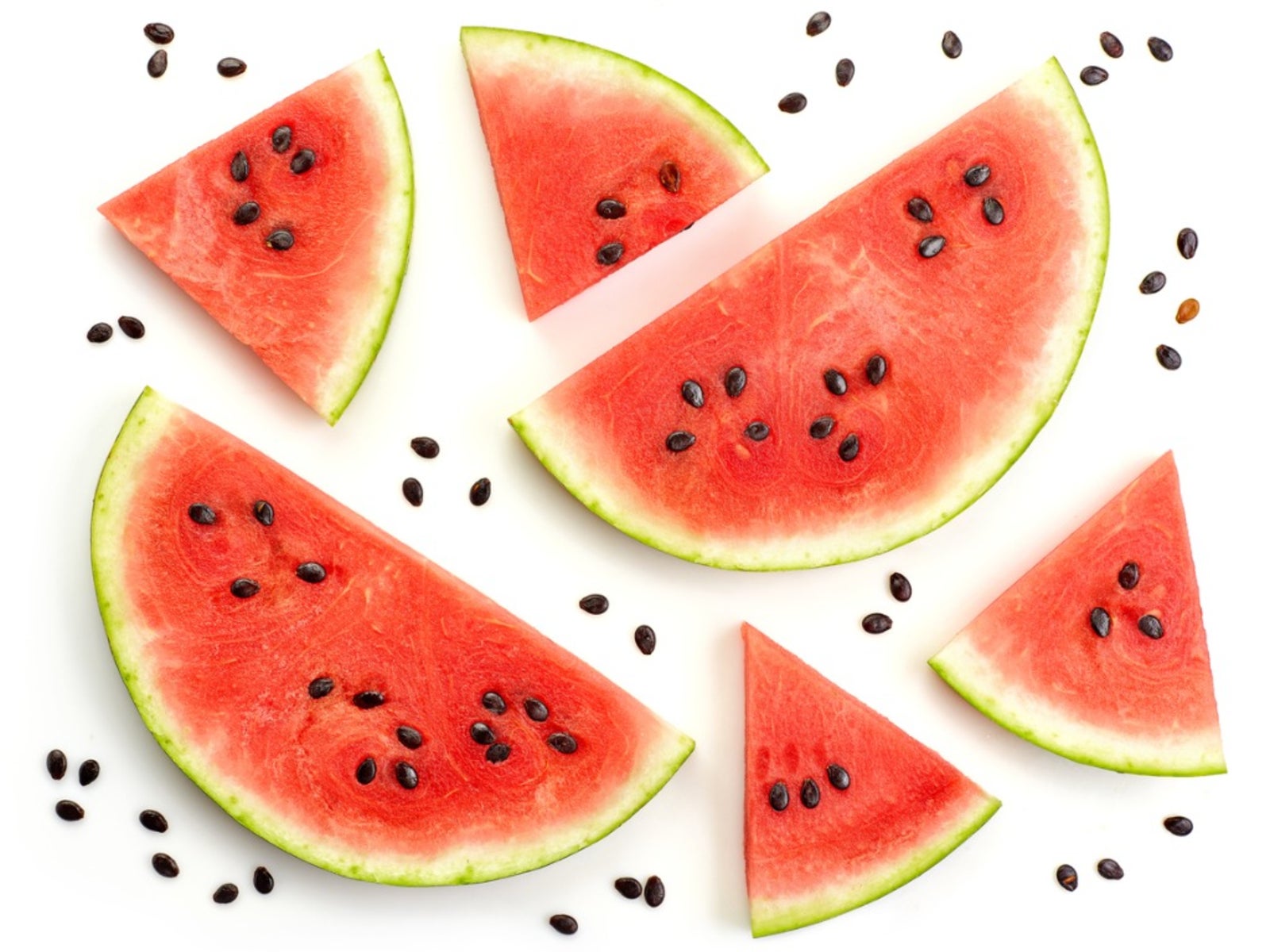 Will Seeds From A Store Bought Melon Grow - Planting Grocery Store Melon Seeds
Will Seeds From A Store Bought Melon Grow - Planting Grocery Store Melon SeedsWill grocery store melon seeds grow? More importantly, will they produce true to type? Find out here.
By Laura Miller
-
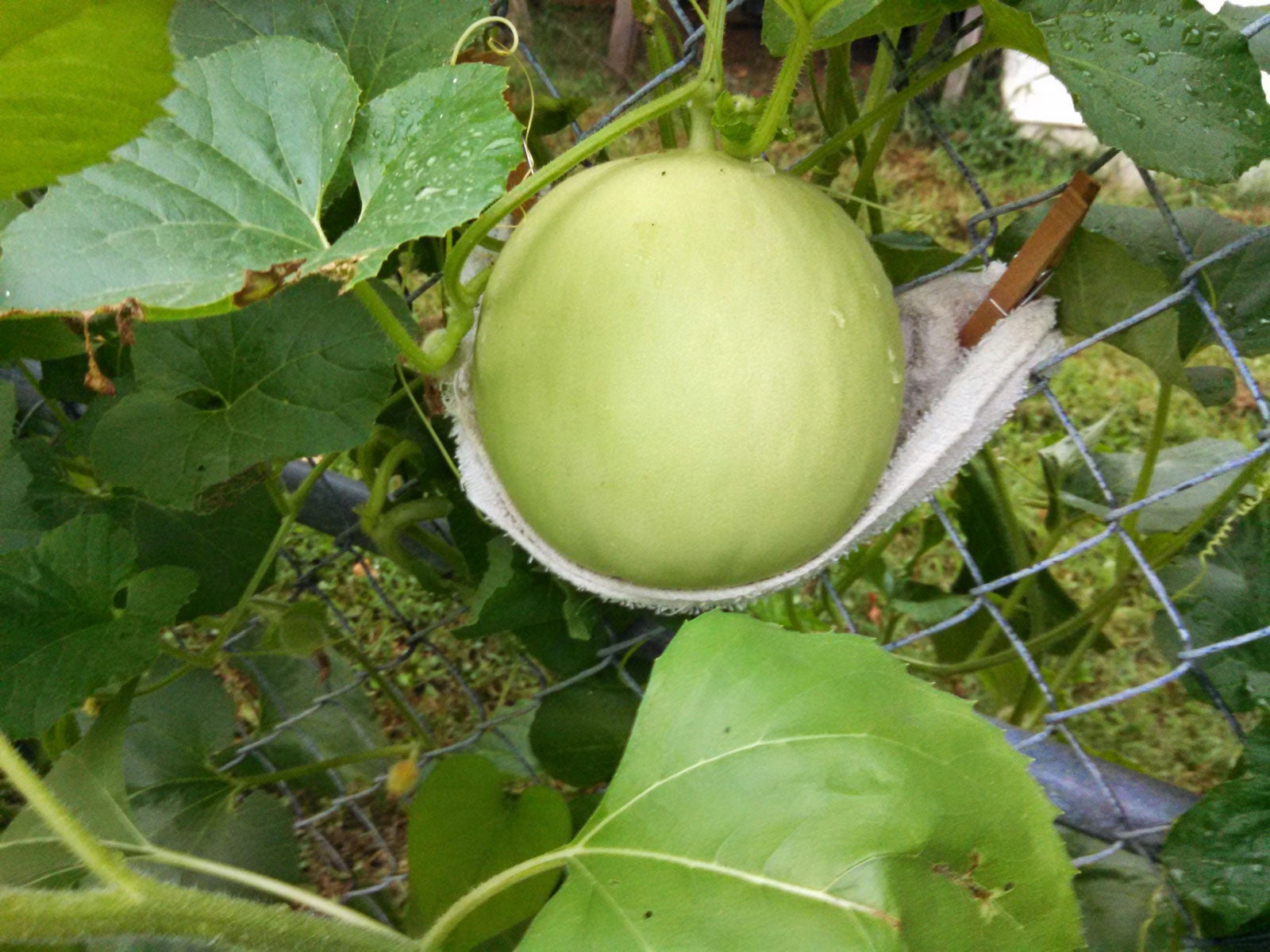 Vertical Melon Growing – How To Grow Melons On A Trellis
Vertical Melon Growing – How To Grow Melons On A TrellisWho wouldn’t like the luxury of growing watermelons, cantaloupes, and other luscious melons in a backyard garden? Melons grow on very sprawling vines that can take up most of a garden bed though. The perfect solution is growing melons vertically. Learn more here.
By Teo Spengler
-
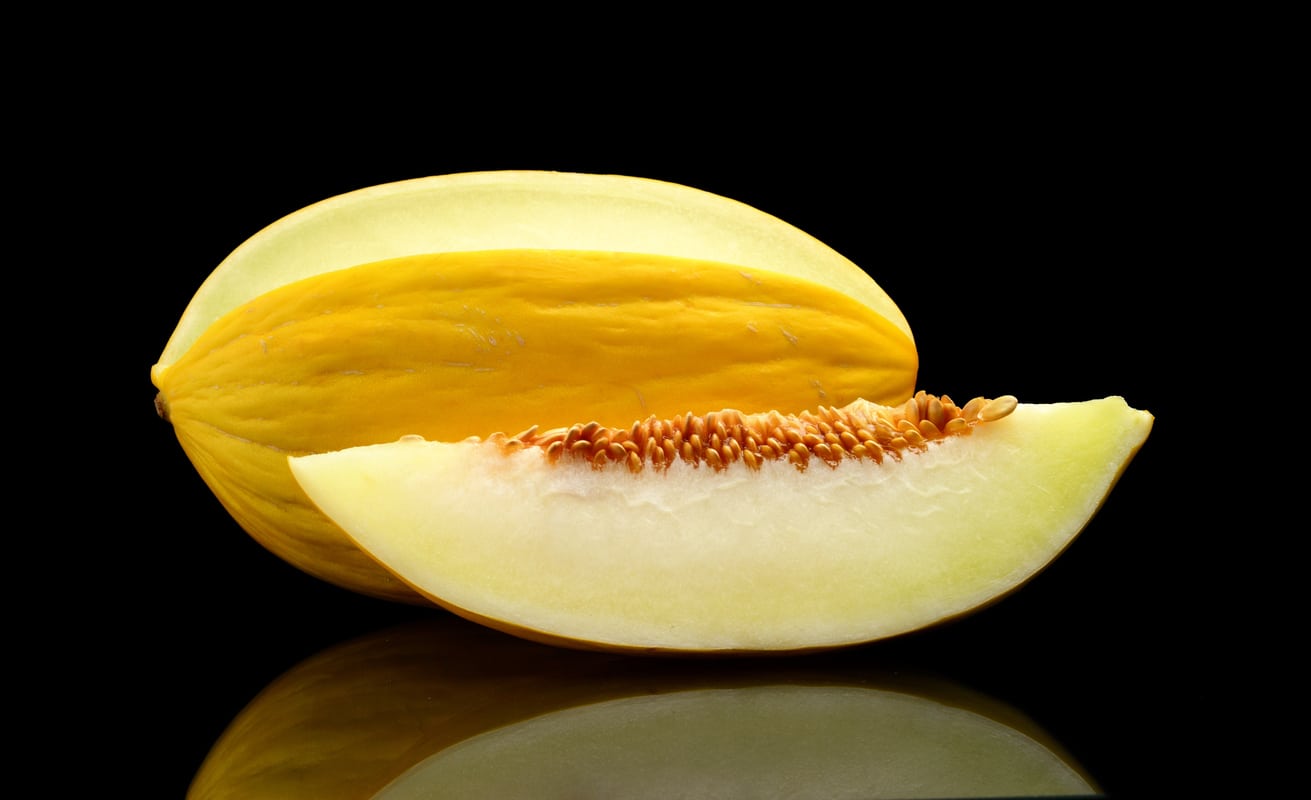 Canary Melon Information: Growing Canary Melons In The Garden
Canary Melon Information: Growing Canary Melons In The GardenCanary melons are beautiful bright yellow hybrid melons that are commonly grown in parts of Asia including Japan and South Korea. Interested in growing your own canary melons? The following canary melon information can help with that.
By Amy Grant
-
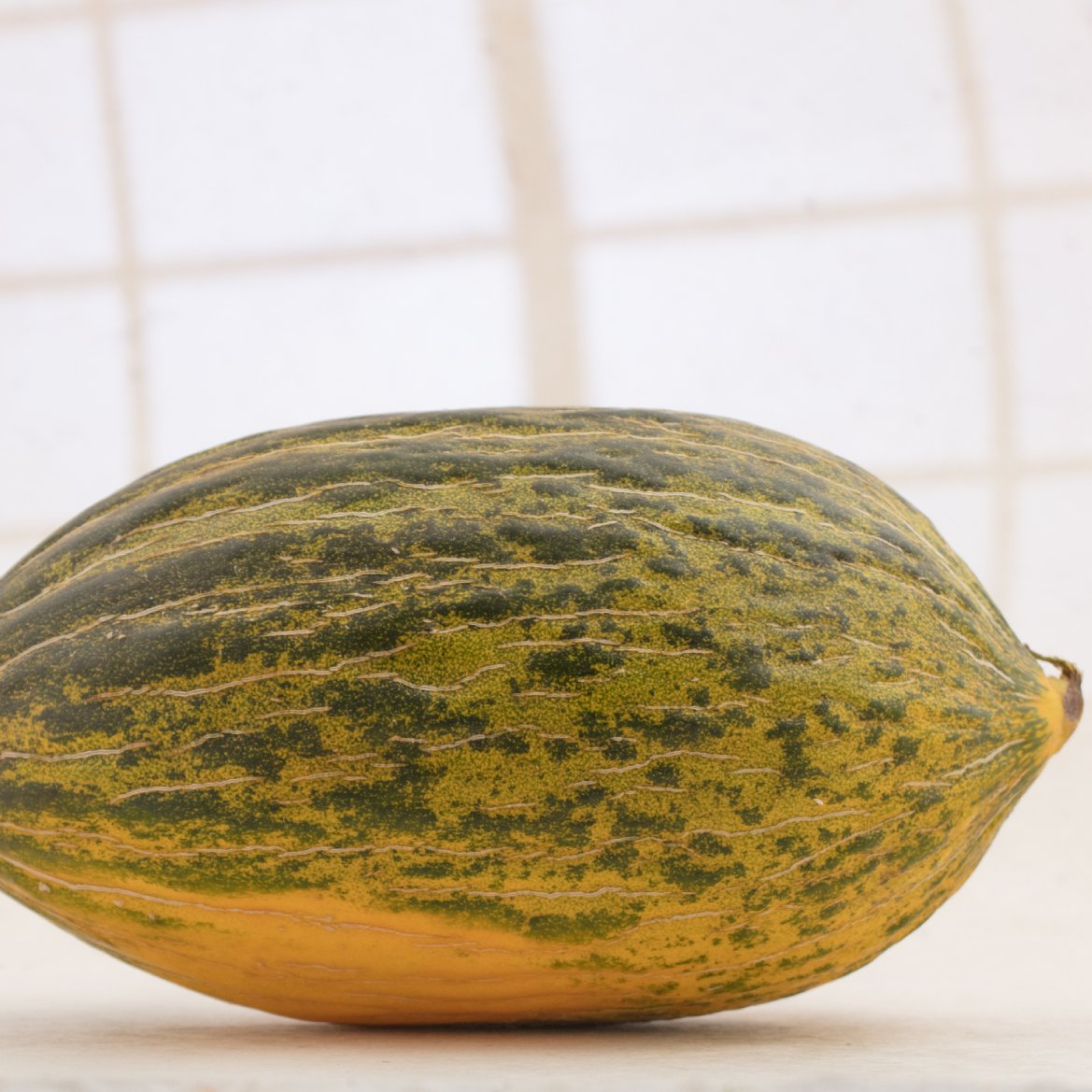 Christmas Melon Plants: Learn About Santa Claus Christmas Melons
Christmas Melon Plants: Learn About Santa Claus Christmas MelonsBy Bonnie L. Grant
-
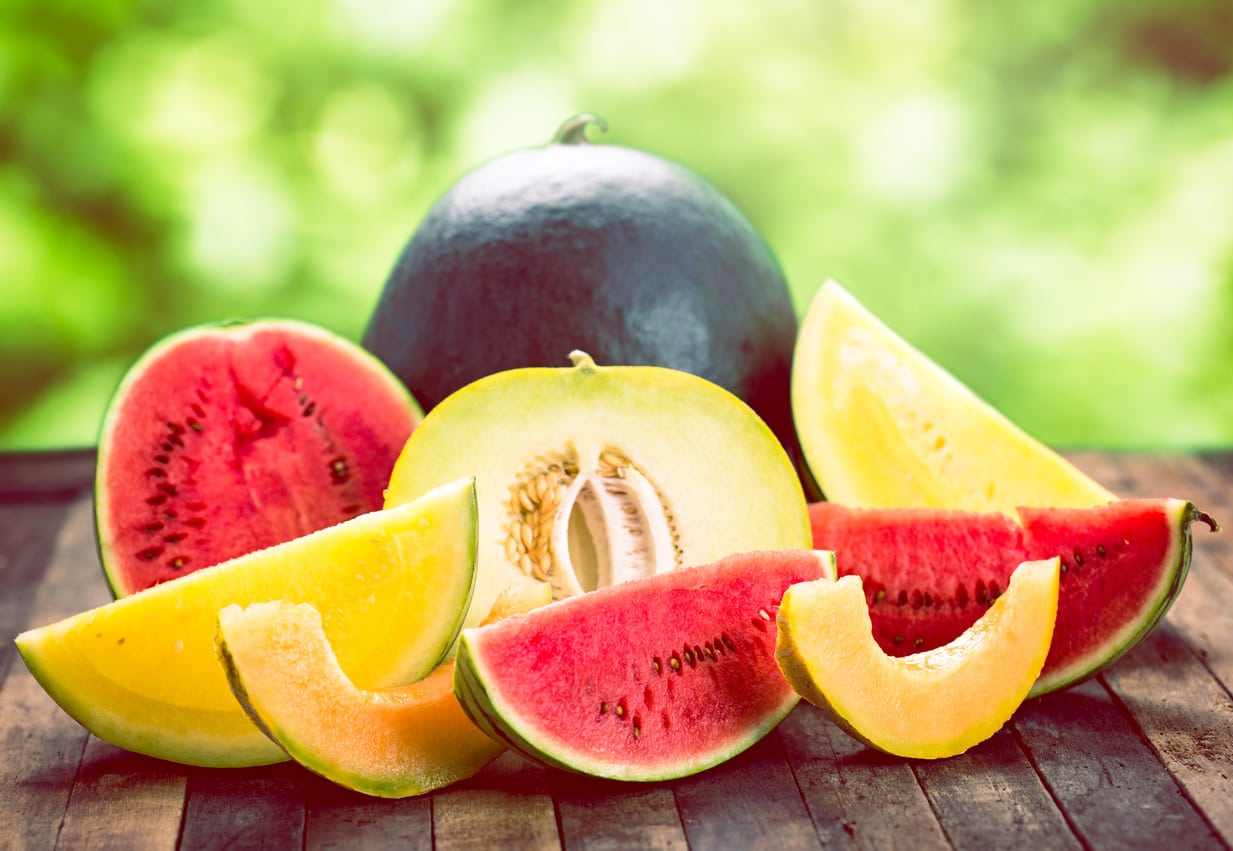 Types Of Melons: Different Melon Plant Varieties For The Garden
Types Of Melons: Different Melon Plant Varieties For The GardenMelon is a favorite summer fruit. Few things are better than a cold slice of watermelon on a hot day after all. These are pretty easy plants to grow in the garden too, and there is a seemingly endless variety of different melons to try. Learn about them here.
By Mary Ellen Ellis
-
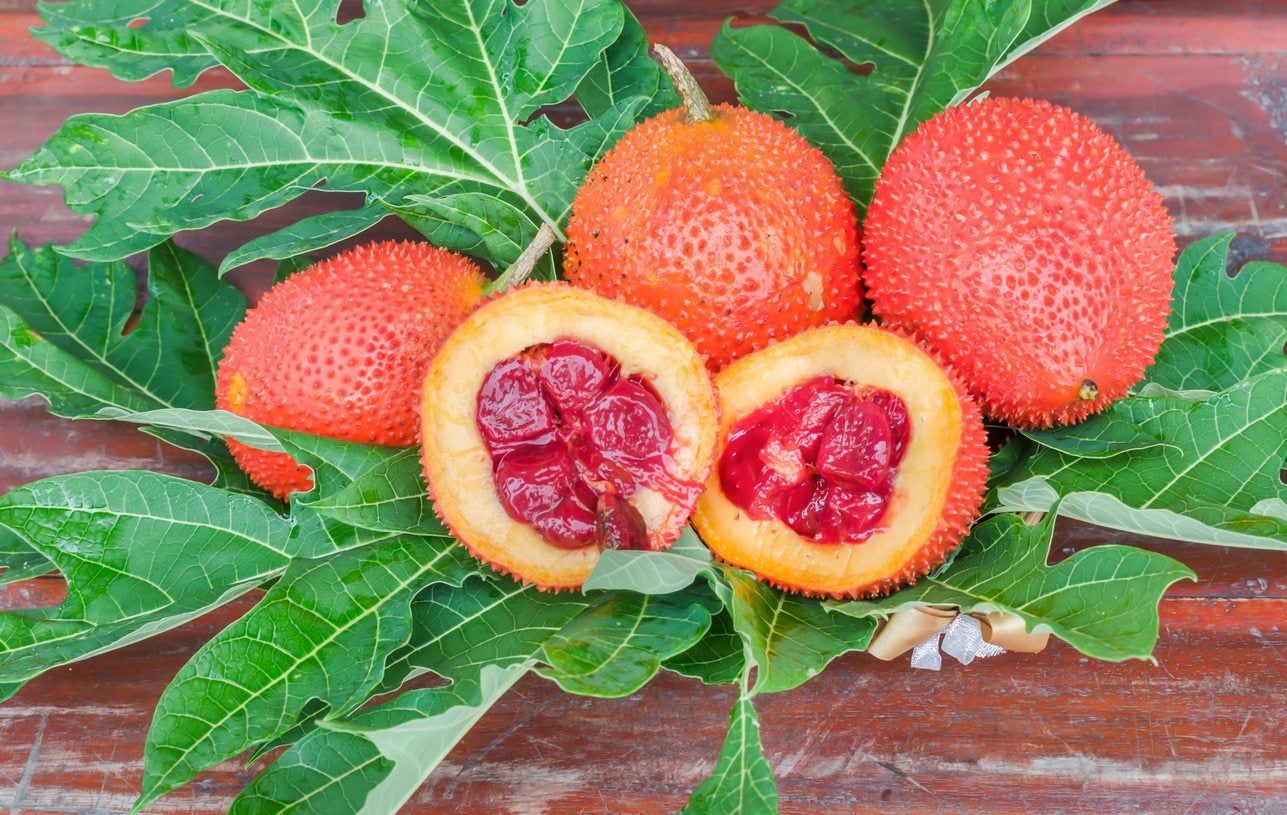 What Is A Gac Melon: How To Grow A Spiny Gourd Plant
What Is A Gac Melon: How To Grow A Spiny Gourd PlantUnless you dwell in regions from Southern China to Northeastern Australia where gac melon hails, it?s probably unlikely you've heard of it. What is gac melon? Click this article to find out about growing gac melon fruit, its care and other gac melon information.
By Amy Grant
-
 Melon Seed Harvesting And Storage: Tips For Collecting Seeds From Melons
Melon Seed Harvesting And Storage: Tips For Collecting Seeds From MelonsCollecting seeds from garden fruits and vegetables can be thrifty, creative and fun for a gardener. Saving melon seeds from this year?s crop for next year?s garden requires planning. Read this article for tips about collecting seeds from melons.
By Teo Spengler
-
 When Is A Honeydew Melon Ripe: How To Pick A Honeydew Melon
When Is A Honeydew Melon Ripe: How To Pick A Honeydew MelonAlso known as temptation melons, honeydew melons are thought to have their roots in West Africa and have been cultivated for over 4,000 years. So, what is a honeydew melon? Read here to learn more.
By Amy Grant